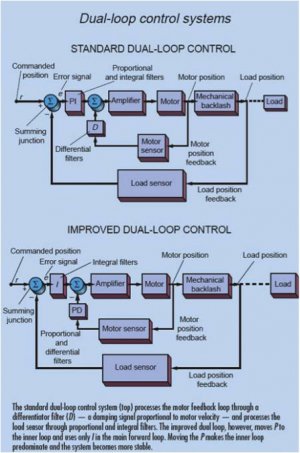- Joined
- Oct 14, 2014
- Messages
- 1,971
Re: more cnc Q.
When you get into it, I'd like to know how Mach4 does things with Galil.
For example, when any input changes state, Galil sends a computer "interrupt" signal to the host computer. In the case of Camsoft, the host will then scan all inputs and run any code that's called out. The simplest examples is halt motion when a limit switch is hit or just turn on the coolant when another input is made. (this can also be done within Galil) Looks to me like Mach 3 doesn't have this at all.
Its also possible to write direct low level Galil programs and have the host just monitor position in Camsoft. Very useful for things like jogging with operator panel buttons, machine homing, rigid tapping, etc. looks to me like Mach 3 does not have this.
FWIW, I have a HUGE amount of experience working with the Galil motion products. Let me know if i can help.
The Galil DMC-2240 that have is a stand alone controller not a PCI Bus card so I have to go with RS232, Ethernet.
When you get into it, I'd like to know how Mach4 does things with Galil.
For example, when any input changes state, Galil sends a computer "interrupt" signal to the host computer. In the case of Camsoft, the host will then scan all inputs and run any code that's called out. The simplest examples is halt motion when a limit switch is hit or just turn on the coolant when another input is made. (this can also be done within Galil) Looks to me like Mach 3 doesn't have this at all.
Its also possible to write direct low level Galil programs and have the host just monitor position in Camsoft. Very useful for things like jogging with operator panel buttons, machine homing, rigid tapping, etc. looks to me like Mach 3 does not have this.
FWIW, I have a HUGE amount of experience working with the Galil motion products. Let me know if i can help.


